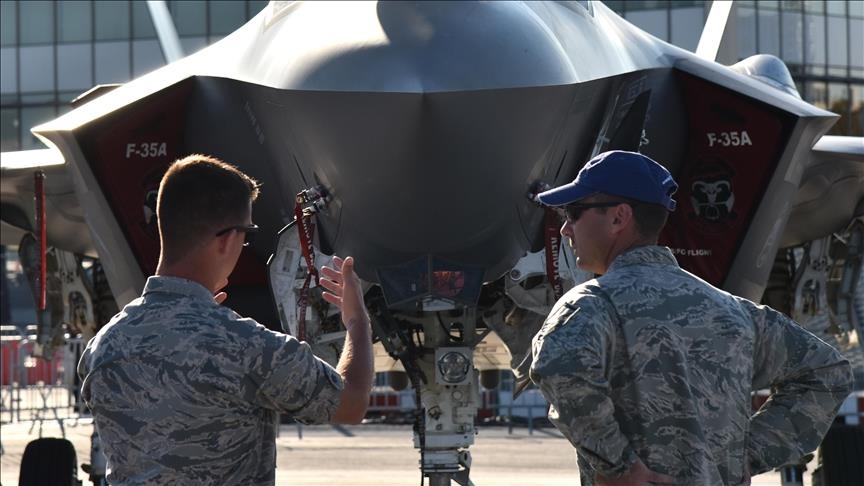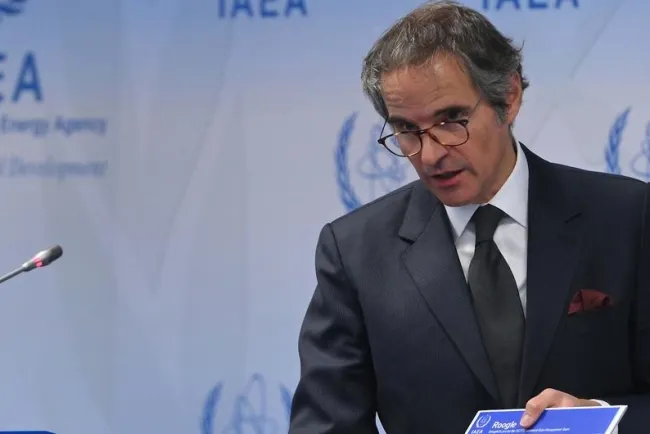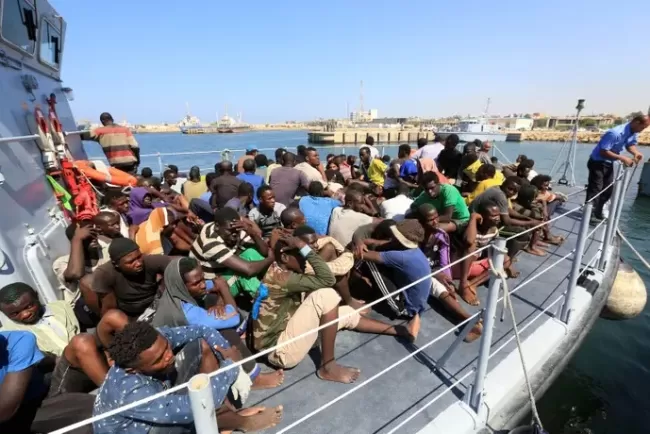Tensions Rise in West Asia: High-Stakes US-Iran Negotiations Loom
As the US and Iran prepare for critical negotiations in Oman, the situation in West Asia is precariously balanced amid military posturing and escalating rhetoric. What are the stakes involved in these talks? Read on for insights.
The Persian Gulf stands on a knife's edge, with the US deploying significant military assets and Iran responding with heightened defenses. This article examines the evolving dynamics between these nations and the implications for regional stability.
Military Posturing and Strategic Deployments
The United States has intensified its military presence in West Asia, deploying two aircraft carrier strike groups, B2 stealth bombers to Diego Garcia, and advanced air defense squadrons. Meanwhile, Iran has responded by placing its army on high alert, activating over-the-horizon radar systems, and fortifying missile positions along the strategically vital Strait of Hormuz. These developments underscore the precarious nature of security in the region, where any miscalculation could lead to severe consequences.
Iran's Nuclear Stance
Iran's Supreme Leader, Ali Khamenei, has firmly rejected US demands regarding the dismantling of its nuclear program, calling it non-negotiable. He argues that disarmament is unrealistic, particularly when Israel possesses nuclear weapons. This sentiment reflects Iran's broader commitment to maintaining its defense capabilities in the face of perceived threats from regional adversaries.
US Position and Israeli Demands
The US remains steadfast in its position that Iran must not acquire nuclear weapons. Israeli Prime Minister Benjamin Netanyahu has advocated for a "Libya-style" dismantling of Iran's nuclear infrastructure, emphasizing the need for American oversight in any such agreement. This call for action highlights the complexities involved in negotiating a nuclear deal, especially with Iran's insistence on its right to maintain a nuclear program for defensive purposes.
Negotiation Dynamics
As negotiations loom, Iran expresses a desire for discussions to focus on lifting sanctions and securing the rights of the Iranian people. The preference for indirect talks indicates a cautious approach, as both sides navigate a landscape fraught with mistrust and potential conflict. Recent intelligence reports suggest that Iran is exploring accelerated methods for developing nuclear weapons, raising the stakes for the upcoming discussions.
Conclusion
The evolving situation in West Asia presents a complex web of military, political, and strategic interests. With critical negotiations on the horizon, the international community watches closely as the US and Iran confront each other amid rising tensions. The outcomes of these talks could have far-reaching implications for regional stability and the global balance of power. As both nations prepare for dialogue, the need for careful diplomacy and conflict prevention has never been more urgent.
What's Your Reaction?

















